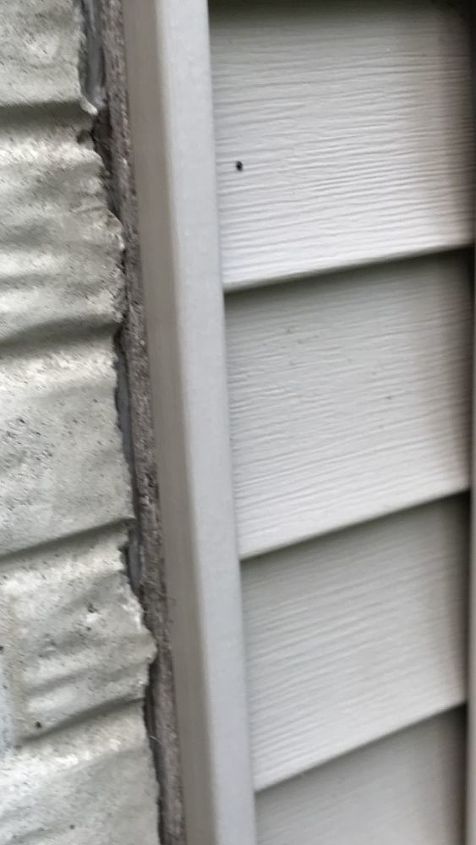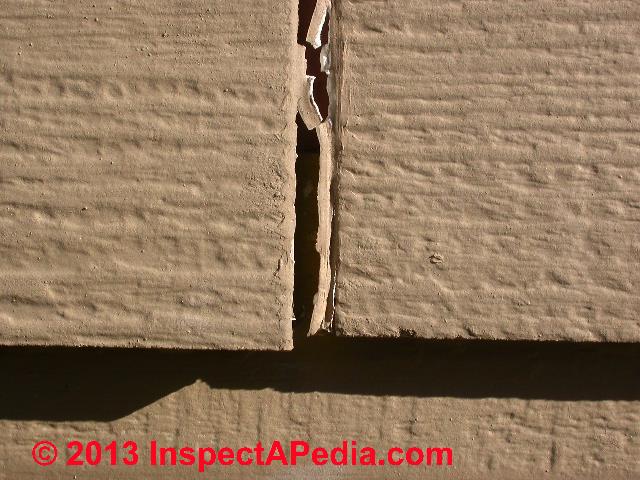Fill Big Gaps In Siding

1 scrape all loose paint from around the area to be repaired using a paint scraper or putty.
Fill big gaps in siding. Do not caulk between siding and any built in receiving channels located at or around windows. Moldings sills doorjambs baseboard or wood trim with damage or large holes can be repaired with epoxy. Leave a 1 8 gap between the siding and the trim or other materials to allow for structural movement. Vertical trim gap caulking.
If no footing i would dig down about 12 inches and use a galvanized or heavy plastic mesh to prevent boring animals from digging through then back fill the hole to a level above the gaps on the stucco tapering the ground away from the house. Wet your finger and gently wipe the caulk in the gap to give it a smooth rounded appearance. Take the time before you apply any paint on your next project to fill all of the gaps cracks and nail holes. How to caulk a large gap step 1.
Measure the size of the gap that needs to be filled. Remove all old caulk from the joint to be filled. Plastic landscape paper would also help here. On most new homes the trim goes up after the siding is installed which creates a large gap that should not be caulked.
Nail holes in exterior surfaces just as with cracks or gaps can be dealt with using a good caulking. In the old days the builder would install the trim bring the siding up to it and caulk the corner. Holes in wood trim are best filled with wood filler. Wipe away any excess caulk.
Fill larger gaps with foam. Trim boards that sit on top the siding. The best filler for your siding is a two part epoxy product that cures to a rock hard consistency. Two part epoxy two part epoxy is one of the top choices for patching large holes.
Most caulk can be scraped away with a putty knife and sharp. Always caulk between the siding and the trim.














































